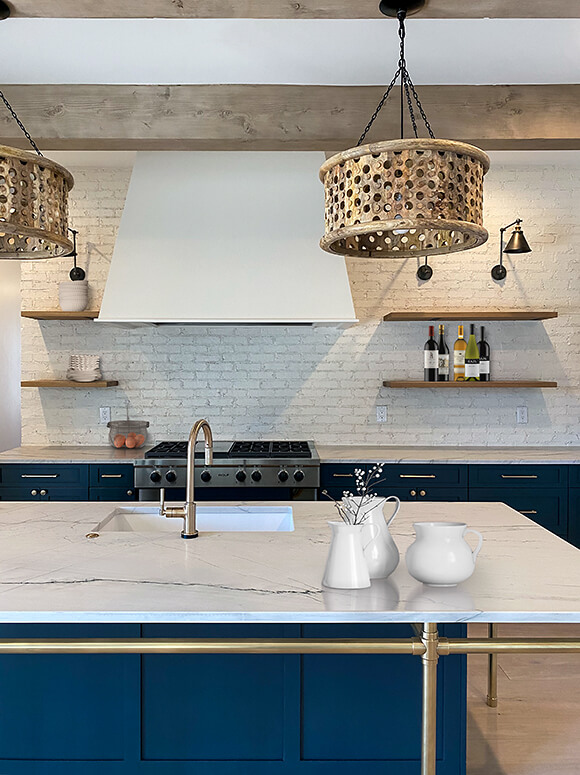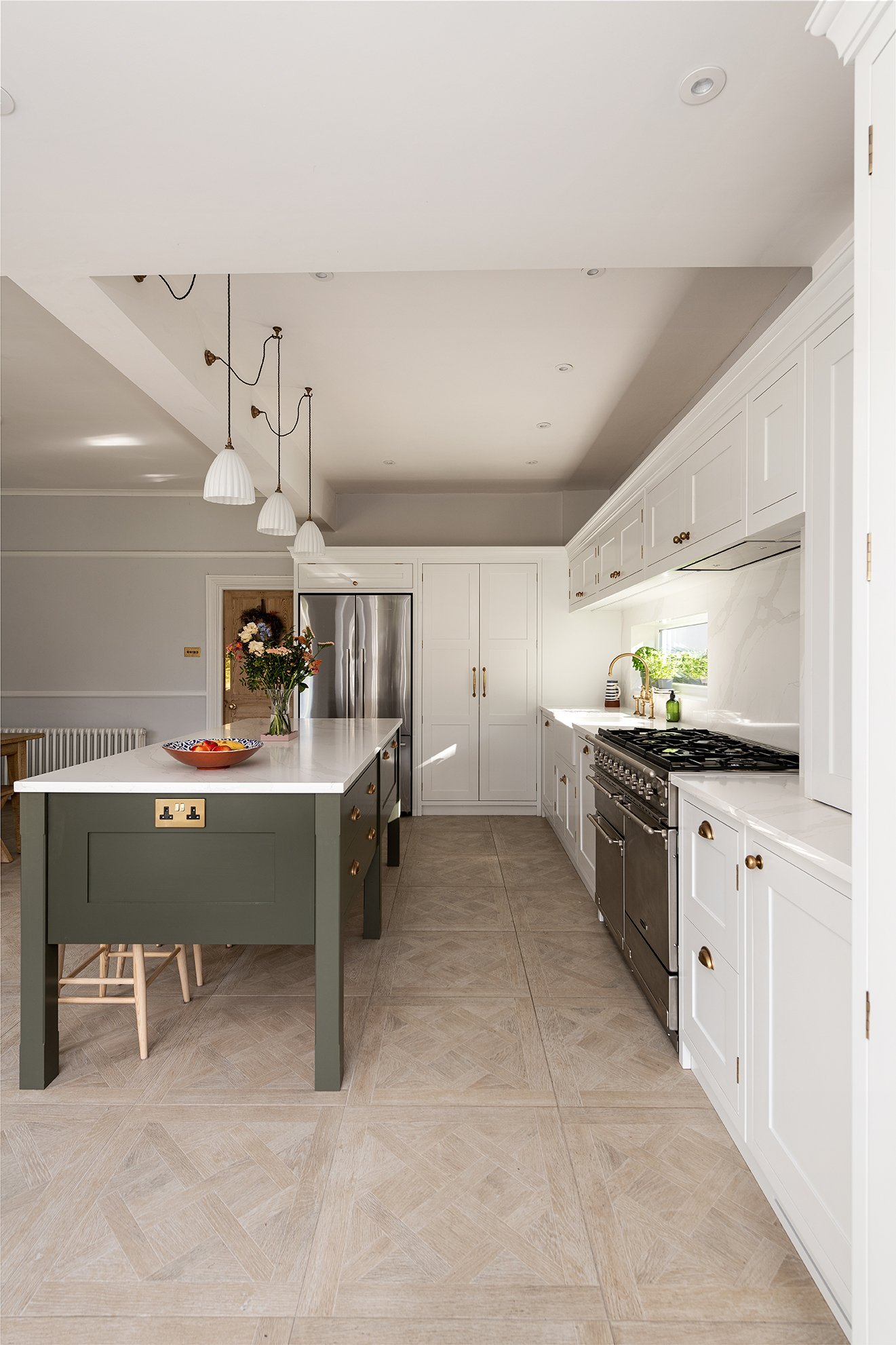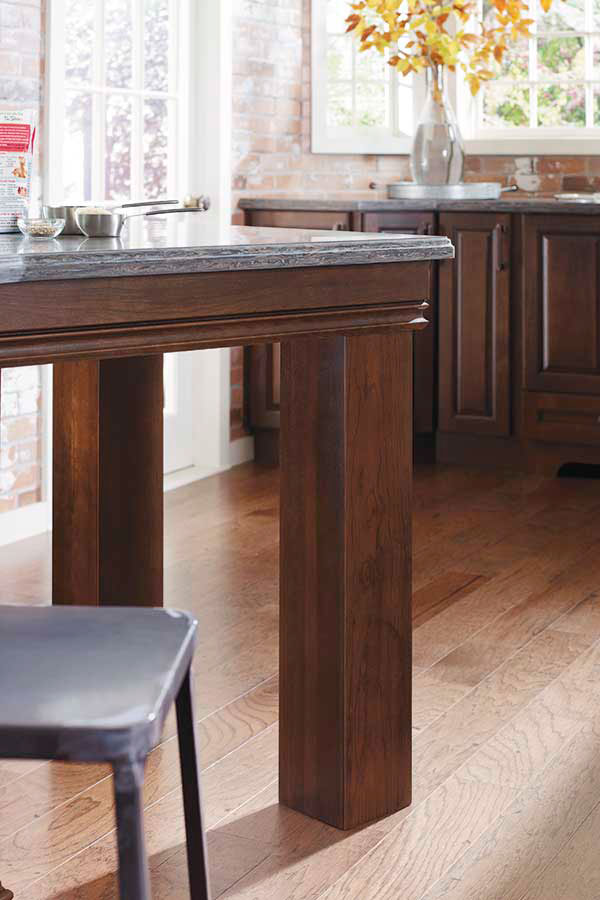Discover Affordable and Chic Solutions in Legs For Kitchen Island Updates
Necessary Variables to Consider When Picking Legs For Cooking Area Island
Selecting the ideal legs for a cooking area island involves a careful analysis of multiple variables that can significantly influence both functionality and visual allure. Among these, the option of product plays a crucial role in making sure durability, while the style has to complement the existing design. Considerations such as elevation and weight assistance are necessary for security and convenience. As we explore these aspects, it ends up being clear that each choice can have far-ranging implications for the general kitchen area experience. What subtleties should be taken into consideration in each of these groups to attain the ideal equilibrium?
Material Options
When picking legs for a kitchen island, recognizing the different material options is crucial for attaining both aesthetic appeal and architectural stability (Legs For Kitchen Island). The choice of material significantly affects not just the toughness of the island however additionally its general layout and functionality
Steel legs, typically made from stainless steel or functioned iron, add a commercial and modern-day feeling while making certain durability and stability. These materials are resistant to use and can support considerable weight, making them optimal for bigger islands.
An additional alternative is crafted products, like MDF or plywood, which can be much more economical while still using a variety of surfaces. Nevertheless, they may not provide the very same degree of stability as solid wood or steel. Products such as acrylic or glass can produce a modern look, though they might need additional assistance to ensure security.
Eventually, the selection of product for kitchen island legs need to line up with the desired performance and the overall style of the cooking area.
Design And Style

When considering design, the form and surface of the legs are crucial. Conical legs can give a sense of lightness and elegance, while thicker, a lot more robust legs can communicate strength and security. Additionally, the coating-- be it repainted, stained, or all-natural-- must match the cabinetry and kitchen counter materials to develop a unified look.
In addition, the design of the legs can additionally reflect individual taste. Personalized or decorative legs, such as those featuring complex makings or one-of-a-kind geometric forms, can work as centerpieces, including character and character to the cooking area. Ultimately, the ideal option will certainly not only improve performance yet also elevate the aesthetic charm, making the cooking area island a standout attribute of the home.
Elevation Factors To Consider
Choosing the appropriate height for kitchen island legs is vital, as it straight influences both capability and convenience. The basic elevation for a cooking area island generally ranges from 36 to 42 inches, lining up with common countertop heights. A 36-inch elevation is ideal websites for cooking and cooking, enabling comfortable use of kitchen devices and devices. On the other hand, a height of 42 inches is frequently chosen for islands intended for bar seats, fitting taller stools and supplying an informal eating experience.

It is additionally vital to represent users' elevations and preferences. Personalizing the height can make certain a comfortable experience for all member of the family, making the cooking area island a more enjoyable and practical room.
Weight Support
Making sure adequate weight support for cooking area island legs is vital for both security and capability. The kitchen island commonly offers multiple purposes, including cooking, eating, and additional storage space, necessitating a robust support structure. When choosing legs, it is important to take into consideration the total weight ability called for based on the island's planned use and the materials that will be positioned on it.
The option of product for the legs plays a substantial duty in their weight-bearing capacities. Strong wood, metal, and heavy-duty composites usually provide superior toughness contrasted to lighter materials. Additionally, the design of the legs-- whether they are straight, tapered, or have a pedestal kind-- can affect their capability to distribute weight effectively Visit This Link throughout the framework.
Constantly consult the producer's requirements regarding load limitations to make sure that the legs can maintain the desired weight without compromising safety. In summary, choosing kitchen area island legs with ample weight assistance is essential for creating a practical and secure cooking room.
Setup and Maintenance
Correct setup and upkeep of kitchen area island legs are vital for ensuring durability and stability. This commonly involves protecting the legs to the island base using proper bolts, guaranteeing that the legs are degree and aligned.
When mounted, regular maintenance is essential to preserve the stability and look of the legs - Legs For Kitchen Island. For wooden legs, regular cleansing with a wet cloth and application of appropriate timber gloss can protect against moisture damage and maintain their finish. Metal legs may need a mild cleansing remedy to remove oil and crud, followed by a dry cloth to avoid corrosion formation
In addition, evaluate the legs routinely for redirected here signs of wear or damages, such as splits or loosened joints. Tightening screws or bolts as needed can also lengthen the life-span of the legs. By adhering to these installation and upkeep methods, property owners can ensure that their cooking area island continues to be durable and visually appealing for several years to find.
Conclusion

Visual coherence is paramount in picking the style and design of legs for a cooking area island, as these elements greatly affect the overall setting of the area. Conical legs can supply a sense of lightness and elegance, while thicker, a lot more robust legs can communicate strength and stability.Picking the suitable elevation for kitchen island legs is crucial, as it directly influences both performance and convenience. In recap, selecting kitchen area island legs with adequate weight support is crucial for creating a functional and risk-free cooking room.
In conclusion, selecting legs for a kitchen area island requires mindful factor to consider of various elements, including material choices, design, elevation, weight support, and setup.